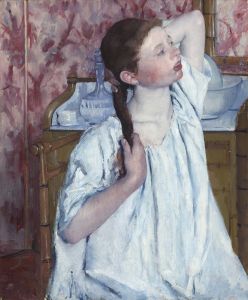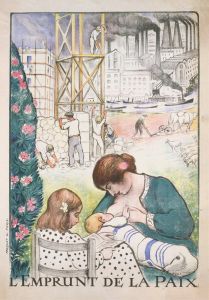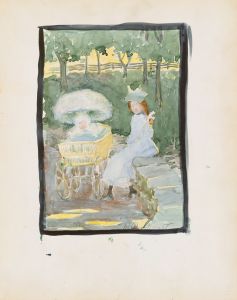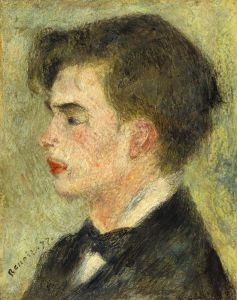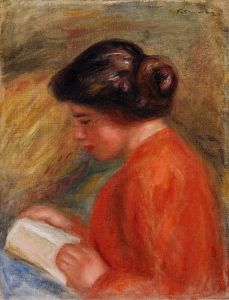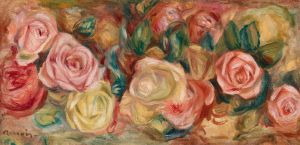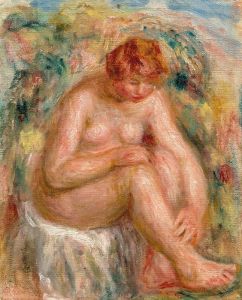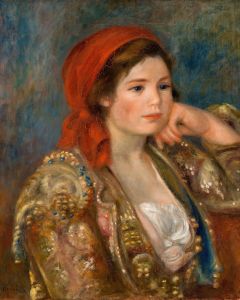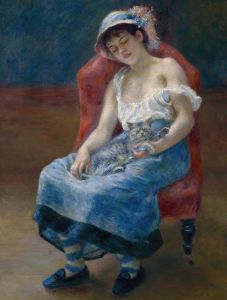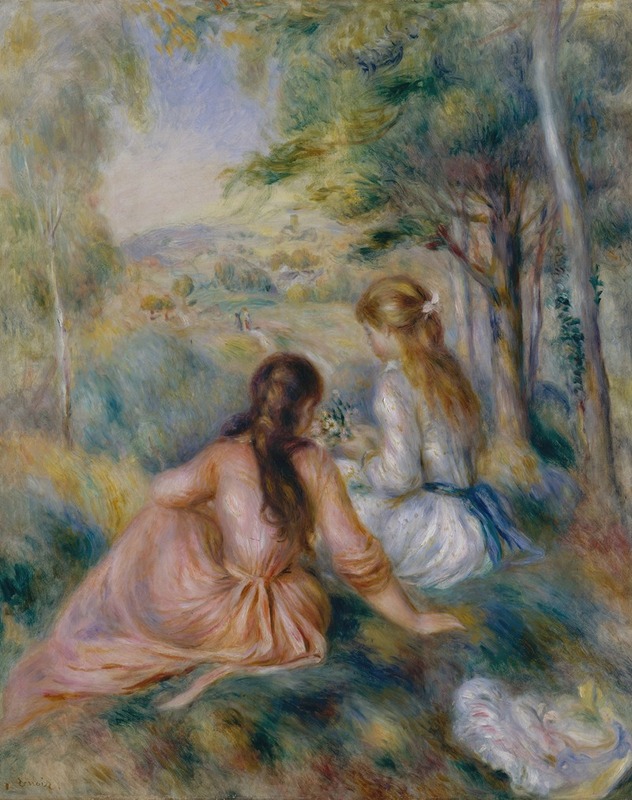
In the Meadow
A hand-painted replica of Pierre-Auguste Renoir’s masterpiece In the Meadow, meticulously crafted by professional artists to capture the true essence of the original. Each piece is created with museum-quality canvas and rare mineral pigments, carefully painted by experienced artists with delicate brushstrokes and rich, layered colors to perfectly recreate the texture of the original artwork. Unlike machine-printed reproductions, this hand-painted version brings the painting to life, infused with the artist’s emotions and skill in every stroke. Whether for personal collection or home decoration, it instantly elevates the artistic atmosphere of any space.
"In the Meadow" is a painting by the renowned French artist Pierre-Auguste Renoir, a leading figure in the Impressionist movement. Renoir, born on February 25, 1841, in Limoges, France, became known for his vibrant light and saturated color, often focusing on people in intimate and candid compositions. His works are celebrated for their beauty, light, and the sense of joy they convey.
"In the Meadow" was painted in 1888-1892, a period when Renoir was exploring new techniques and styles. This painting exemplifies his mature style, where he combined elements of Impressionism with more classical approaches. During this time, Renoir was interested in the interplay of light and color, and he often depicted scenes of leisure and pleasure, capturing the essence of contemporary life.
The painting features two young women seated in a meadow, surrounded by lush greenery and vibrant flowers. Renoir's use of color is particularly notable; he employs a rich palette to bring the scene to life, with soft, diffused light that creates a warm and inviting atmosphere. The women's dresses are painted with delicate brushstrokes, showcasing Renoir's skill in rendering textures and fabrics. The figures are relaxed and engaged in conversation, embodying a sense of tranquility and harmony with nature.
Renoir's brushwork in "In the Meadow" is loose and fluid, characteristic of his Impressionist roots, yet there is a clarity and definition to the figures that reflects his classical influences. This blend of styles is a hallmark of Renoir's later work, as he sought to balance the spontaneity of Impressionism with the structure and formality of traditional painting techniques.
The composition of "In the Meadow" is carefully arranged to draw the viewer's eye across the canvas. The diagonal placement of the figures creates a dynamic interaction with the surrounding landscape, leading the viewer's gaze from the foreground to the background. This compositional strategy enhances the depth and dimensionality of the scene, inviting viewers to immerse themselves in the idyllic setting.
Renoir's choice of subject matter in "In the Meadow" reflects his enduring interest in the themes of beauty and leisure. The painting captures a moment of serene enjoyment, celebrating the simple pleasures of life. This focus on everyday scenes and the depiction of women in natural settings is a recurring motif in Renoir's oeuvre, underscoring his fascination with the human form and the natural world.
"In the Meadow" is housed in the collection of the Musée d'Orsay in Paris, France, which is home to many of Renoir's masterpieces. The museum is renowned for its extensive collection of Impressionist and Post-Impressionist works, providing a comprehensive overview of this pivotal period in art history.
Renoir's "In the Meadow" continues to be admired for its exquisite portrayal of light and color, as well as its ability to convey a sense of joy and tranquility. The painting remains a testament to Renoir's artistic vision and his contribution to the development of modern art. Through works like this, Renoir has left an indelible mark on the art world, influencing generations of artists and delighting audiences with his celebration of life's beauty.





